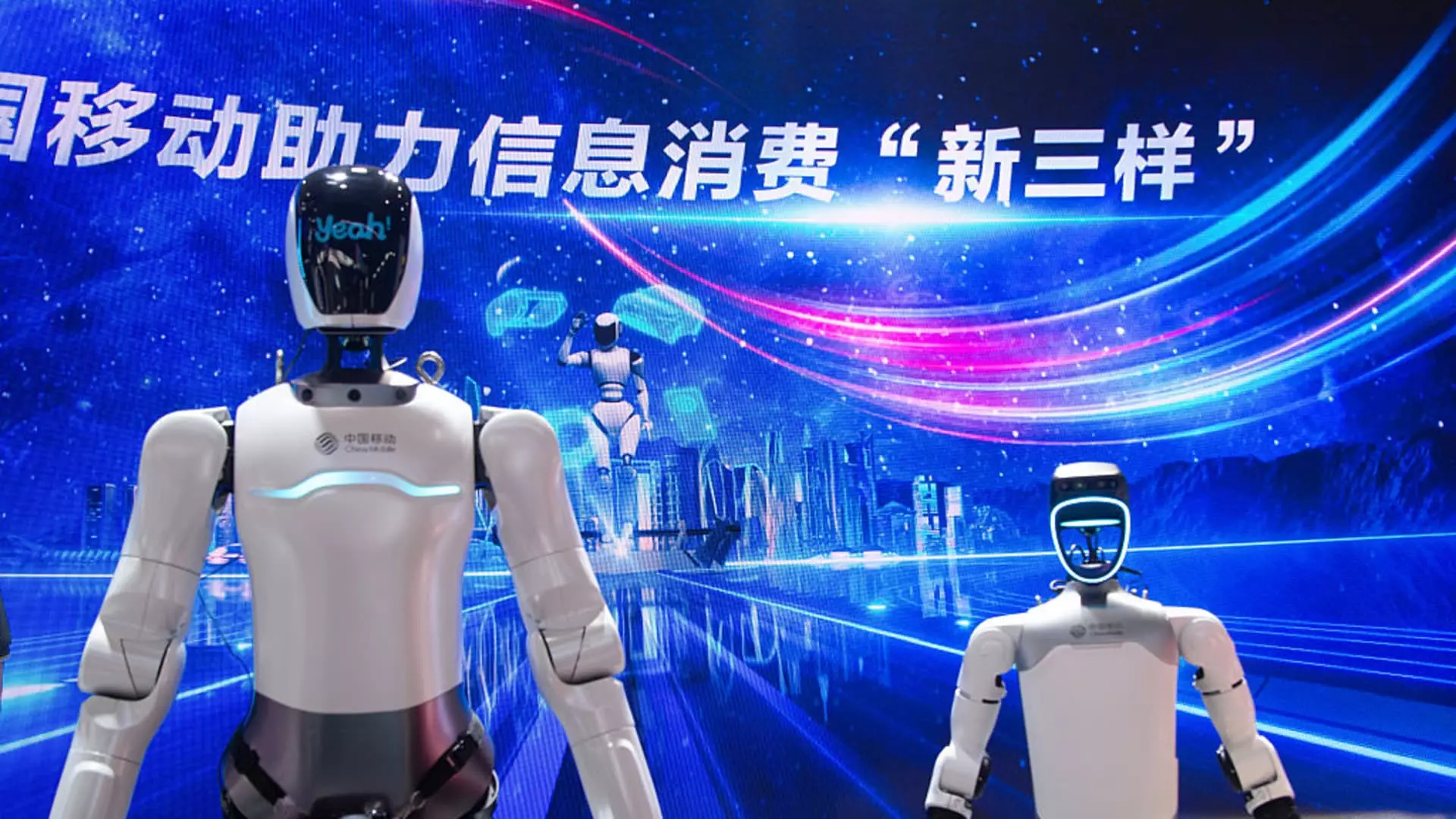As we stand on the brink of an era dominated by humanoid robots, it’s time to reassess the potential landscape for auto parts suppliers. The upcoming wave of robotics, functioning as companions and assistants, may very well be the next frontier for the automotive industry. Analysts from Morgan Stanley have signaled this shift, forecasting an astonishing $800 billion market for humanoids in China by 2050. This is not merely a speculative bubble; it’s a transformative movement reminiscent of the rise of electric and smart vehicles.
One critical aspect of this transition is the auto parts suppliers’ readiness to embed themselves within this budding industry. The premise is simple yet profound: those who have historically provided components for vehicles are now positioned to evolve and supply the building blocks for humanoid functionalities. Just as automakers optimized their assembly lines for electric vehicles, the suppliers will need to adapt to these new demands for both mechanical mobility and intricate robotic systems.
The Financial Implications for Parts Suppliers
Morgan Stanley estimates that auto parts suppliers could capture up to 60% of the expenditure associated with humanoid production. This significant share translates into billions of dollars, with each humanoid potentially requiring $15,000 worth of components. It stands to reason that companies like Sanhua, which are poised to go public in Hong Kong, are not merely embracing change— they are betting their futures on it. The diversification into humanoid production components represents a smart pivot for longstanding suppliers seeking to expand their horizons.
Yet the volatility of the automotive sector shouldn’t be understated. For example, the ongoing geopolitical tensions and market instabilities add layers of uncertainty for auto parts manufacturers. Companies must tread carefully while navigating this potentially lucrative landscape. Those like Sanhua, which are strategically diversifying to mitigate risks—like their upcoming facility in Thailand—demonstrate a forward-thinking approach that combines flexibility with ambitious scaling.
Human-like Needs in Technological Assemblies
What makes the shift toward humanoids particularly intriguing is its multifaceted demands. The automotive industry has predominantly focused on parts related to bulk and power, such as engines and chassises. In contrast, humanoid assembly will require components that operators have not previously engaged with, such as actuators emulating human joints and muscles. This argument holds significance; it isn’t merely a transition from one specialization to another but a transformation necessitating ingenuity and adaptability.
As Morgan Stanley eloquently points out, actuators are paramount; they form the core of both mechanical and humanoid movement. It’s impressive to see companies like Tuopu, designated as a key player in producing these essential components, continue thriving despite the temporary constraints posed by the market. The analysts anticipate that demand will accelerate, projecting an annual growth rate of 57% for this niche through 2030. The enthusiasm for innovation, however, needs to be tempered with a realistic acknowledgment of the industry’s evolution timeline.
Market Disruptions in a Competitive Landscape
Despite the optimism surrounding humanoid robots, it remains unclear if every auto parts supplier can effortlessly switch gears and tap into this emerging market. The unique engineering and design challenges presented by humanoid robotics may pose significant obstacles. For instance, the need for specialized casting and torso components—supplied by companies like Xusheng—could reveal tougher barriers to entry than anticipated.
However, one cannot ignore the competitive edge enjoyed by Chinese firms in this arena. A lower cost of production presents a serious advantage, although the escalating U.S.-China tensions may complicate this dynamic. As countries reassess their dependencies on foreign production, companies may need to rethink their operating models or face potentially steep tariffs and sanctions that could erode their pricing advantages.
What this indicates is a turning point not just for technology but for geopolitical norms surrounding international trade. The reliance on overseas partnerships within the tech space must evolve, leading industry leaders to adapt their supply chains in an exponentially complex climate.
Charting uncertainties ahead
As the future unfolds, the anticipation surrounding humanoid robots dominates discussions from boardrooms to think tanks. The pivotal question comes down to adaptability. Auto parts suppliers have an opportunity to redefine their industries—but they must proceed with caution. With an evolving market landscape, the businesses that flourish will be those agile enough to pivot and innovate. This isn’t merely a transition—it’s an opportunity for robust economic growth that could change how we envision mobility and interaction across industries. It’s an exhilarating time, but it’s laden with challenges that require strategic foresight and diligent effort.

